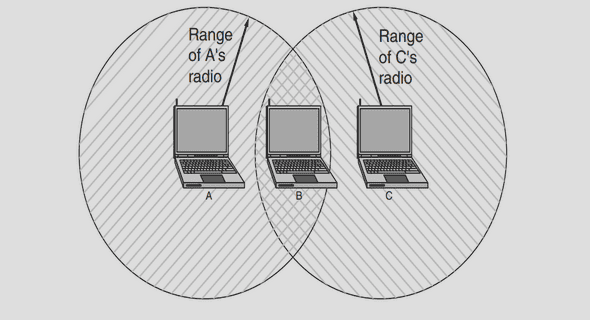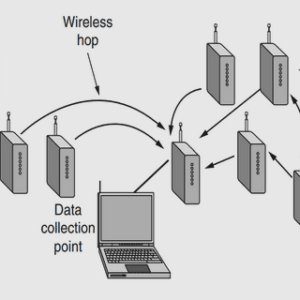(Downloads - 0)
For more info about our services contact : help@bestpfe.com
Table of contents
Chapter 1 Literature review
1. General context
1.1. Lithium metal batteries
1.2. Lithium-ion batteries: issues and challenges from electrolyte aspect
2. Ionic liquid electrolyte
2.1. Introduction
2.2. Physical and transport properties
2.3. Lithiated electrolytes based on IL
2.4. Ionic liquid doped alkali/alkaline-earth elements
3. Solid polymer electrolyte
3.1. Lithium salts
3.2. Poly(ethylene oxide) based electrolyte
3.3. Single-ion polymer electrolyte based on PEO
3.4. Application of SIPEs in all-solid-state lithium metal batteries
4. Electrolyte approaches for future rechargeable batteries
5. The aim of this work
References
Chapter 2 Ionic liquid-based electrolytes
1. Introduction
2. Salt solubilization
3. Effect of salt concentration
3.1. BMIm TFSI and the binary system [Li][BMIm][TFSI]
3.2. The binary system [Cs][BMIm][TFSI]
3.3. Conclusions
4. Alkali/ alkaline-earth based BMIm TFSI
4.1. Thermal characteristics
4.2. Density and viscosity
4.3. Ionic conductivity
4.4. Self-diffusion coefficient
4.5. Cisoid and Transoid TFSI conformers
5. Conclusions
References
Chapter 3 Polymer-based electrolyte for Li-metal batteries
1. Cross-linked single-ion conducting polymer (SICP)
1.1. Syntheses of ionic block (ionomers)
1.1.1. Synthesis of Ip-SO3
1.1.2. Synthesis of Ixp-SO3-db
1.1.3. Synthesis of Ip-TFSI
1.1.4. Synthesis of I1000 p-TFSI-db
1.2. Characterization
1.2.1. Molar mass and cation exchange efficiency
1.2.2. Cross-linking degree and NCC dispersion
1.2.3. Thermal properties
1.2.4. Conductive and transport properties
1.2.5. Electrochemical stability
1.2.6. Lithium plating/stripping test
1.2.7. Cycling tests
1.3. Conclusions
2. Multi-block copolymer
2.1. Synthesis of Coxp-SO3
2.1.1. Synthesis of FPES block
2.1.2. Synthesis of Cox p-SO3
2.2. Characterization
2.2.1. Thermal properties
2.2.2. Conductivity
2.2.3. Electrochemical stabilization
2.2.4. Lithium transference number
2.2.5. Lithium dendritic growth test
2.2.6. Cycling tests
3. Conclusions
References
Chapter 4 Impact of alkali cations on conductivity behavior of polymer electrolytes
1. Introduction
2. Cross-linked ionomer
2.1. Thermal properties
2.2. Conductivity
3. Multi-block copolymer
3.1. Thermal properties
3.2. Conductivity
4. Conclusion
References
Conclusions and perspectives
Annex
A. Synthesis part
1. Synthesis process
2. Polymer film casting
3. Ionic liquid/ salts preparation
B Characterization techniques
1. Spectroscopy
2. Thermal and physical properties
3. Electrochemical properties



